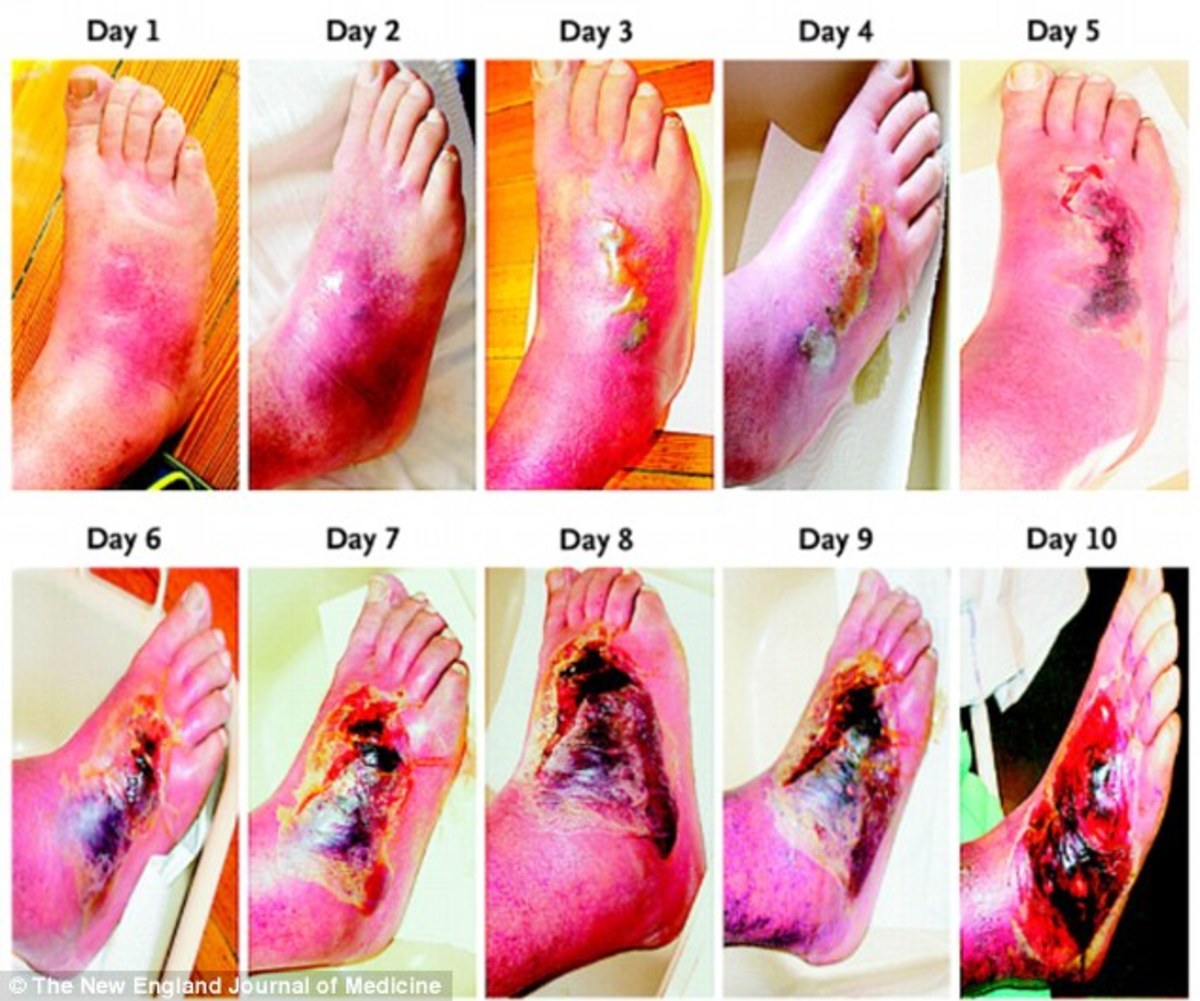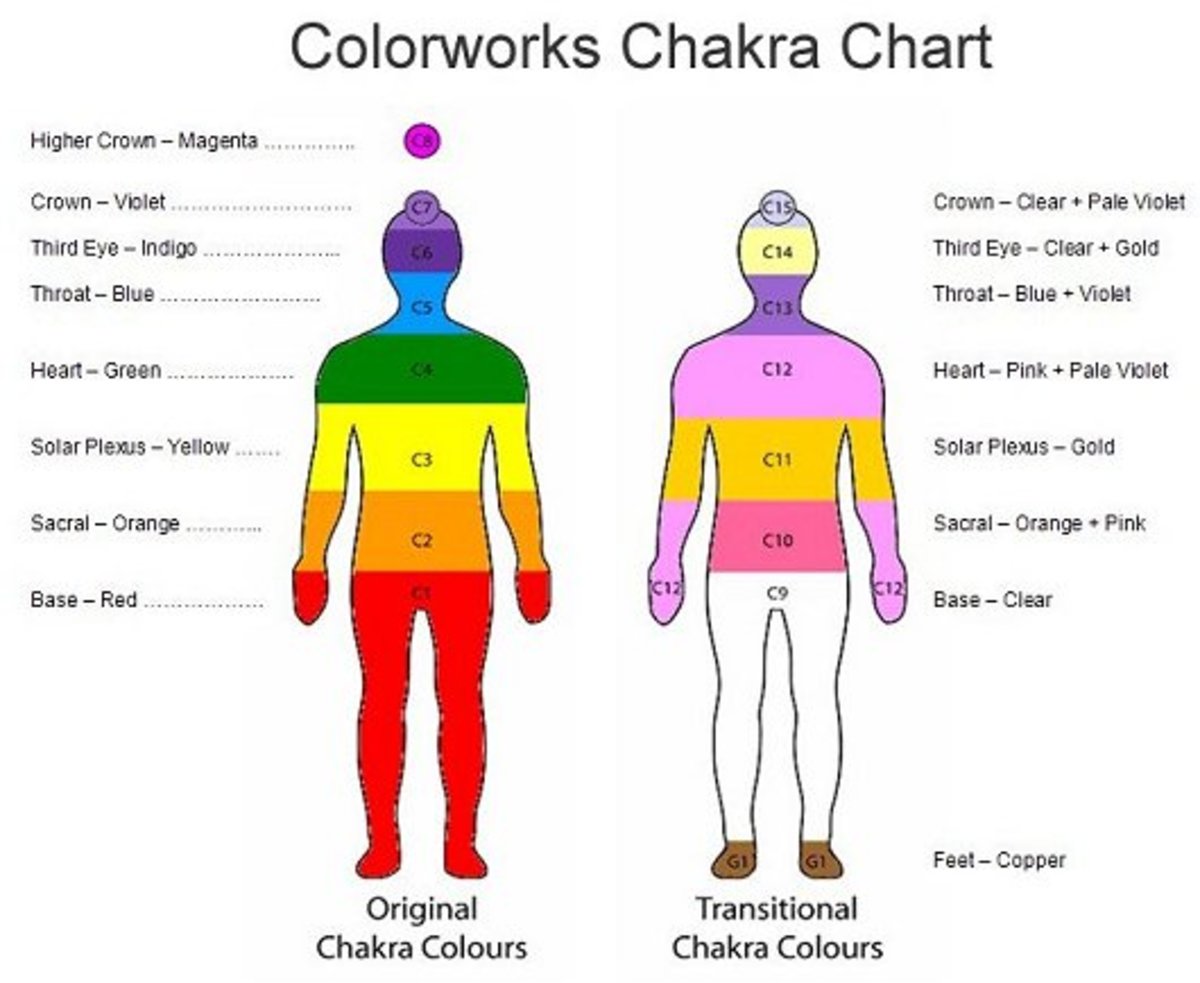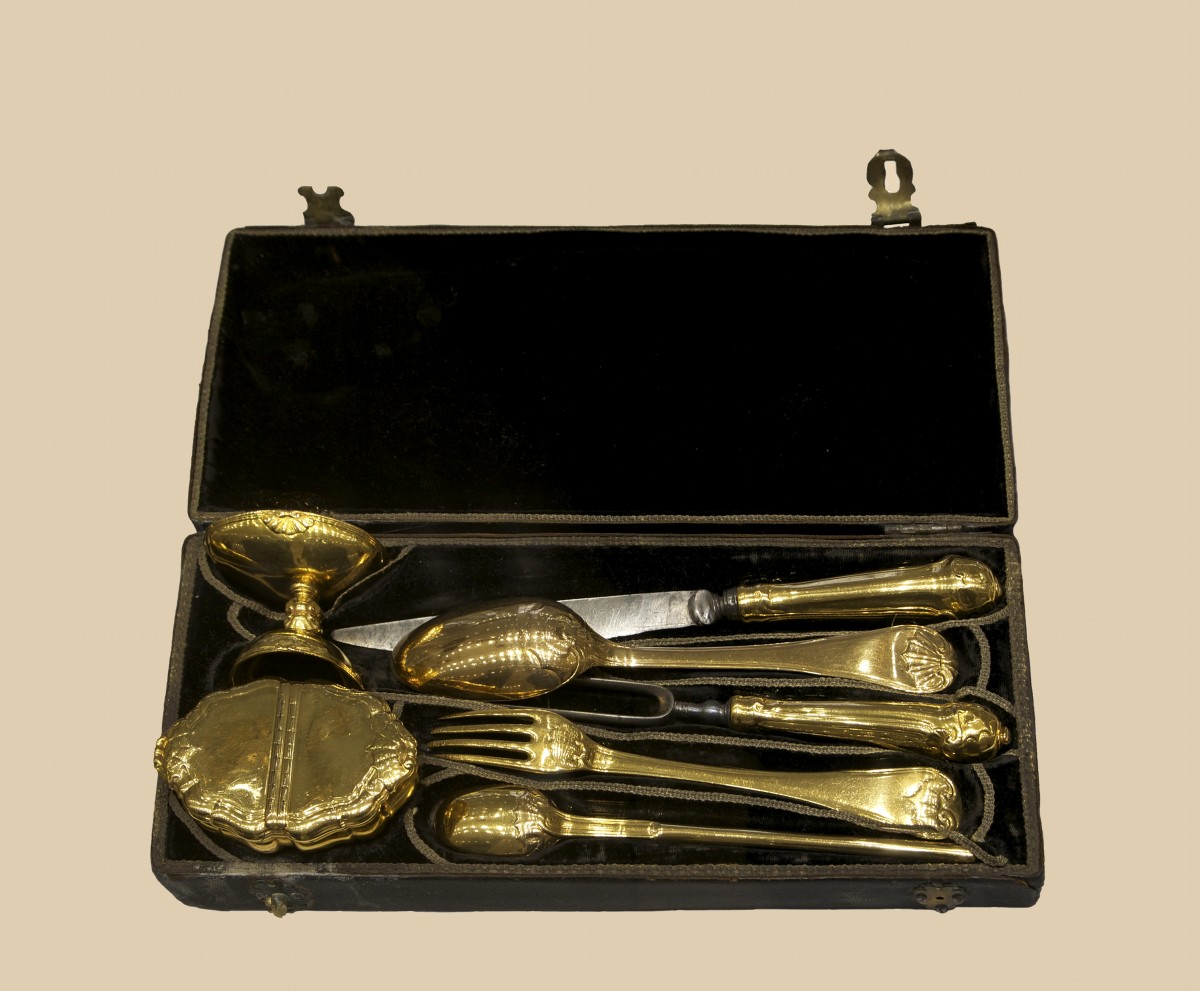Whether Lower level laser therapy is a better option then physiotherapy.A review.
INTRODUCTION:
The history of therapy with laser goes way back into the early 1980s whereas physiotherapy dates back to the ancient times when treatment with acupuncture was popular. Lower level laser therapy (LLLT) is performed usually with a low intensity, non-invasive infrared laser at a wave length that is effective in irradiating reactive or viable cells in a living tissue that could be soft or hard such as a cartilage etc. In doing so it aids in the regeneration of cellular proteins and collagen, pain reduction and resolution of the inflammatory processes. On the other aspect physiotherapy is a form of therapy which is studying the beneficial effects of physical resources such as body movement, irradiation and electromagnetic currents, ultrasound, among other resources, on the human body. Basically, physiotherapy works by studying the movement of the human body.
LLLT in use by the therapist who could also be a Physiotherapist.
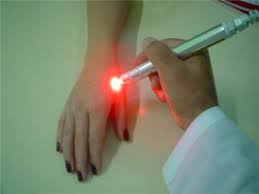
LLLT EFFECTS:
- Lower level laser irradiation is used to promote the skeletal muscle regeneration, shortening the time for the resolution of the inflammatory process. The effectiveness of the therapy with the low-intensity laser used to treat tissues is controversial, particularly those used in physiotherapy.
- Recently, several studies evaluated the beneficial effect of LLLT in the regenerative processes in the skin, bone, musculoskeletal and peripheral and central nervous system.
- Brazilian Studies performed with laboratory rats show the importance of LLLT in regeneration, elucidating the main aspects of muscle regenerative process, enabling a qualitative assessment of signs of injury and muscle regeneration.
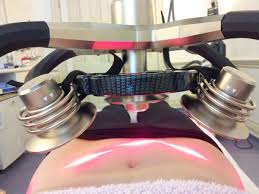
MECHANISM OF ACTION OF LOWER LEVEL LASER:
- LLLT acts through the inhibition or stimulation of biochemical activities, physiological and proliferative cells in tissues.The effects of such lasers depend on time, dosage, power, frequency and the wavelength that is being applied by the therapist for treatment purposes.
- LLLT accelerates and increases scarring activities performed by the body, thus increasing the activity of macrophages, the infiltration of leukocytes, release of growth factors, accelerating the regeneration of epithelial cells, promoting revascularization who improves the perfusion and oxygenation of tissues.
- The increase of energy and cellular oxygenation improves micro-circulation and synthesis of specialized proteins such as growth factors, has been shown to be influenced by photons; one of the main reasons why healing is accelerated by laser radiation.
- LLLT can be effective in mediating the symptoms of inflammatory process by means of stabilizing the cellular membrane by standardization of concentrations of calcium, sodium and potassium, contributing with the cellular repair, vasodilation, increasing the transportation of oxygen and nutrients to the damaged cells and facilitating the repair and removal of cellular debris; accelerating the activity of the leukocytes.
HOW LLLT WORKS AT THE SUPERFICIAL LEVEL?
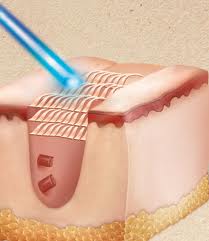
LLLT AT A GLANCE
- Is done mostly non- invasively.
- Safe to use as minimum to zero radiation involved.
- Works at cellular level
- Can be used on several body systems.
- Has variable results depending on the wavelengths and power used
. - Outcomes can vary depending on the patient population.
- By virtue of a complex mechanism to bring about change, LLLT with the right wavelength has the ability to decrease the inflammatory process that occurs in response to injury.
- By focusing on the area of the cut, the tool focuses a light base of photons that react with the cells and attract fibroblasts, the cells responsible for producing the collagen needed to repair the tissue.
- Unlike the natural healing process, which starts with a partial organization of collagen, the laser promotes a complete refurbishment of these fibers. Through the irradiation process, the elastic properties of the tissue are preserved and the result is an almost imperceptible scar.
PHYSIOTHERAPY AND ITS BENEFITS:
- Studies the, diagnoses, prevents and treats certain conditions such as kinetic- functional disorders arising from changes in organs and body systems. In addition to that Physiotherapy is the study of the beneficial effects of physical resources such as body movement, irradiations and electromagnetic currents, ultrasound, among other resources, on the human body.
- Basically, physiotherapy works by studying the movement of the human body.
- Physiotherapy operates on different areas of the body with procedures, techniques, methodologies and specific approaches that have the objective to evaluate, treat, minimize problems, prevent and cure the most varied dysfunctions.
- The procedures of Physiotherapy contribute to the prevention, treatment and recovery of health. The physiotherapist makes the decisions on the procedures and methods to be used carry out the preparation for functional kinesiologic diagnosis, identifying the scope of dysfunction, as well as monitor the therapeutic response to the procedures such as, phototherapy, kinesiotherapy, and hydrotherapy among others.

It is crucial that the patient recognize the purpose of each procedure and learns their importance," says Mauricio Garcia, physiotherapist from the Institute Cohen Orthopedics, Rehabilitation and Sports Medicine, in São Paulo.
PHYSIOTHERAPY IS BENEFICIAL ON MANY FRONTS
- In Spain, researchers from the University of Murcia observed in a study with 184 people who suffered with chronic pain, that adherence to treatment was higher among those who received detailed explanations about the physiotherapy techniques that would be utilized. And adherence to the whole physiotherapy regime is what makes the difference.
- It’s a Mistake to think that physiotherapy is only for athletes. In their case, the objective is to achieve maximum athletic performance, but the field of application of physiotherapy contributes to the prevention, treatment and recovery of health.
- It operates in different areas, such as the treatment of cellulitis, posture and cardio-respiratory problems, disturbances in body function or mechanics caused by poor training genetics or cellulitis and/ or strokes.
- In the recovery of trauma and restoring functions is where physiotherapy has its most important role. One should consider the option by physiotherapy if: you are a person concerned with health; feels pain and fatigue constantly; have postural changes; feels pain in spine; you injury during physical activity or accident; or lose mobility after fracture or other injury.
- With the conventional treatment it is possible to combine procedures, such as Pilates, Global Postural Reeducation, hydrotherapy, bodybuilding, relying on techniques, methodologies and approaches specific to each patient.
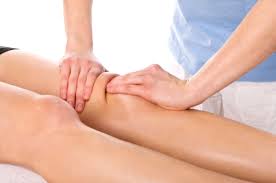
ROLE OF PHYSIOTHEAPISTS
- It is important that the physiotherapists are provided with information on the applicability and effectiveness of therapeutic modalities that they use.
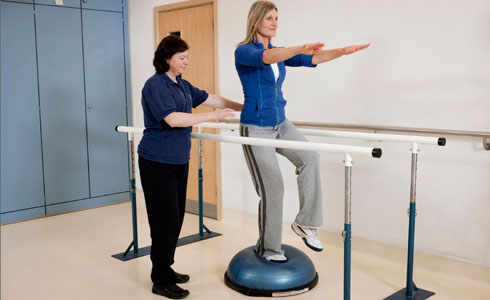
SUMMARY:
To summarize both LLLT physiotherapy has its benefits and pit falls.However both are beneficial to the patient in combination as well as independently to achieve the desired therapy effect.Additionally depending upon the patient population especially the very old and immobile ,LLLT is more beneficial as there is less mobility and less discomfort to the patient in terms of therapy whereas physiotherapy can be a burden for such patients.
REFERENCES:
1. Basford JR. Laser therapy: scientific basis and clinical role. Orthopedics. 1993; 16:541-547.
2. Basford JR. Low intensity laser therapy: still not an established clinical tool. Lasers Surg Med.1995;16:331-342.
3. Conlan MJ, Rapley JW, Cobb CM. Biostimulation of wound healing by low-energy laser irradiation. A review. J Clin Periodontol. 1996; 23:492-496.
4. Cohen M, Abdalla RJ. Lesões no esporte: diagnóstico, prevenção e tratamento. Rio de Janeiro: Revinter; 2005.
5. Christina Helena Zanotto Costardi, Claudia Tamachiro, Ivaldo Esteves Júnior, Alexandre Cavallieri Gomes. Effects of low-energy laser (670nm) irradiation after muscle crush injury in rats.
6. Andrea Cristofoletti, Physiotherapist, who owns the Fisiocenter - Physiotherapy Center Integrated of Itu.

